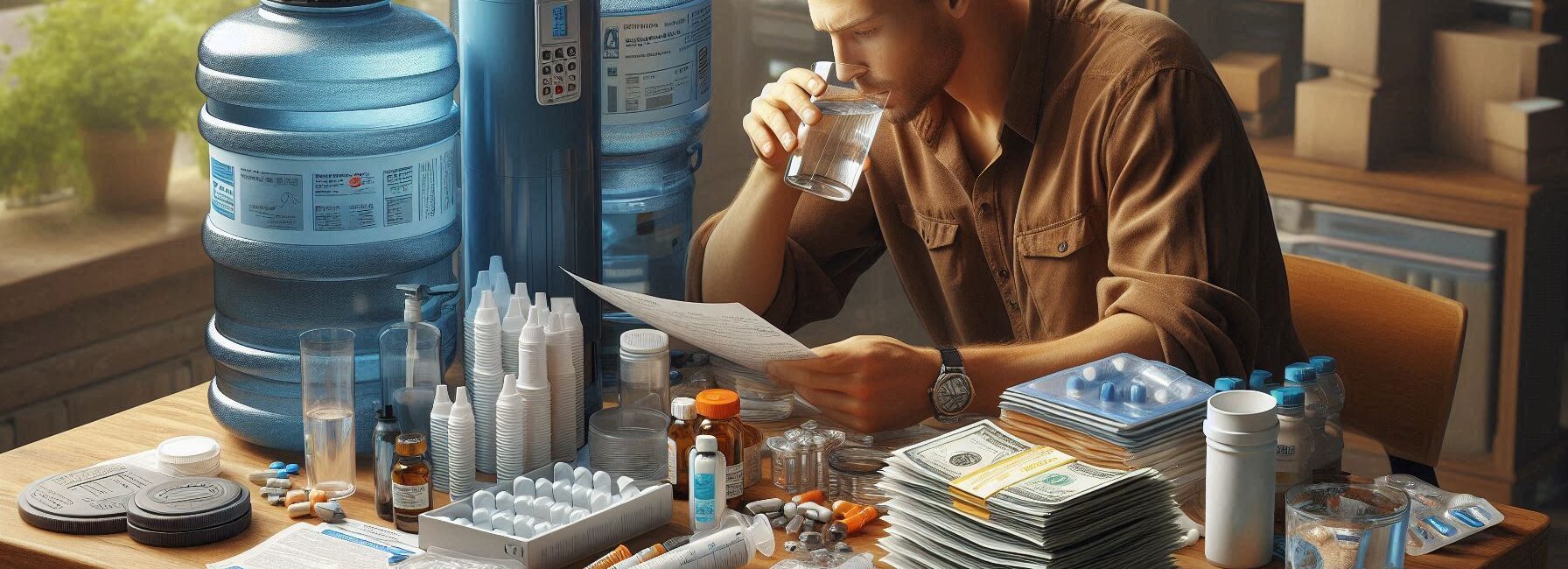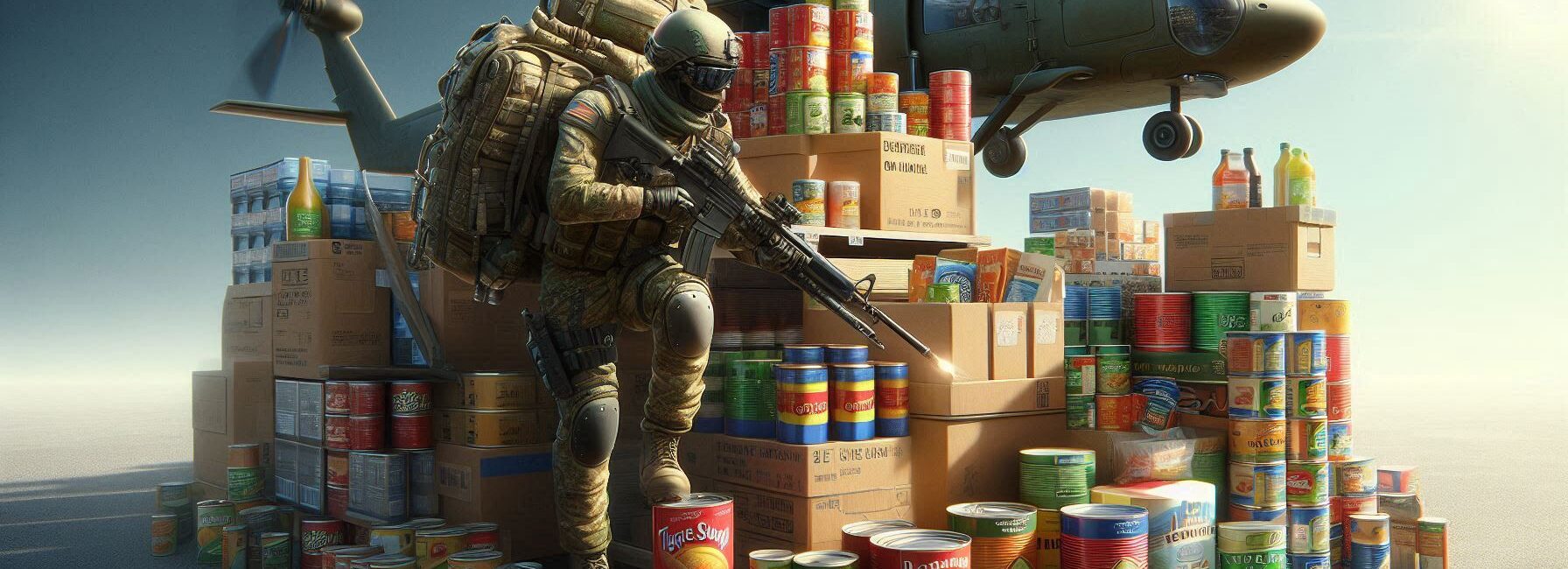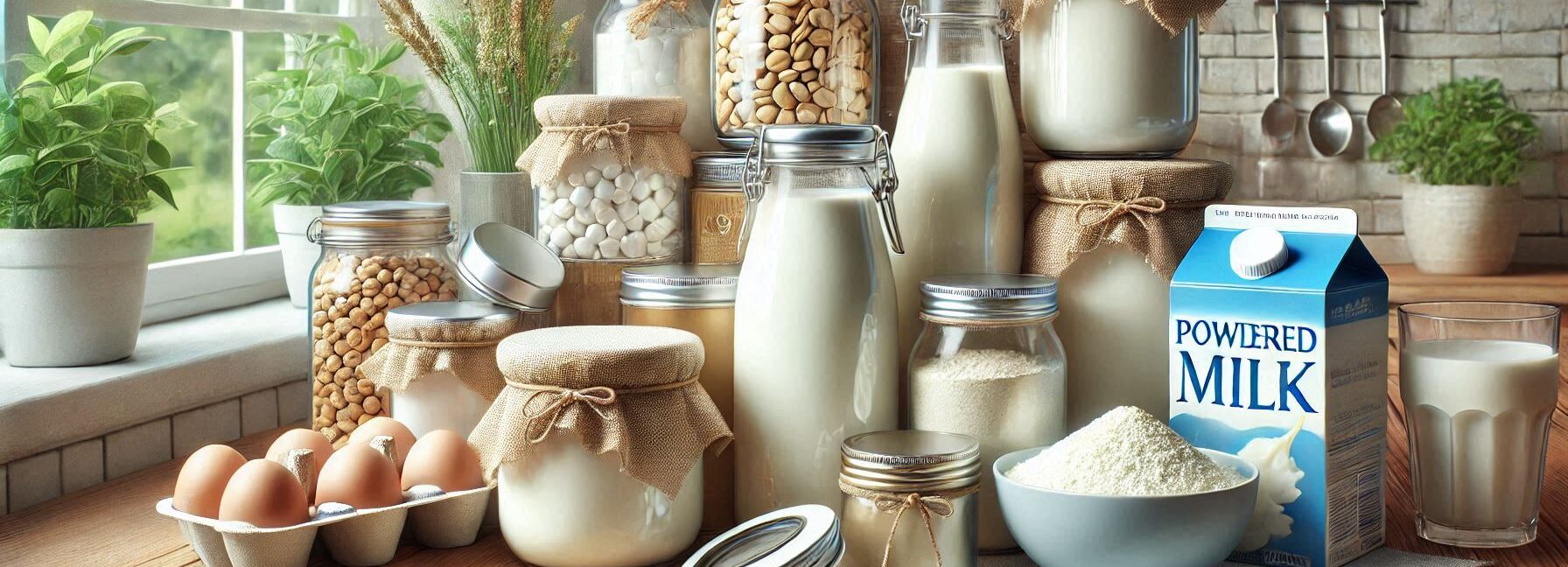Please Note: This post may contain affiliate links. If you click one of them, we may receive a commission at no extra cost to you. As an Amazon Associate, I earn from qualifying purchases.
Last Updated on November 2, 2025 by Kevin Collier
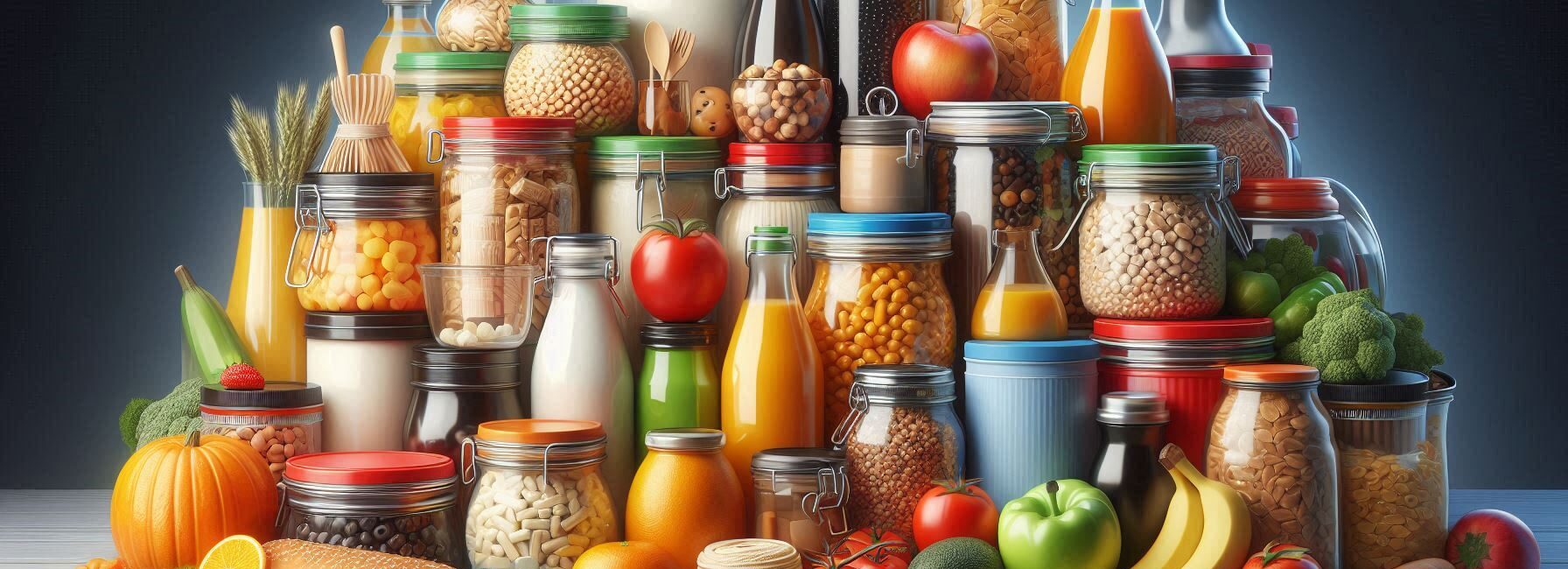
Top Takeaways and Key Concepts
– Select containers made of food-safe materials to ensure safety and longevity.
– Choose airtight containers to protect food from moisture and pests.
– Use clear containers for easy visibility of contents and organization.
– Consider label options for efficient tracking and identifying food items.
– Determine the right size containers based on portion needs and storage space.
Picking the right containers for food storage can feel like a game of Tetris. Funny, right? You try to squeeze everything in, and suddenly, you’ve got a mountain of mismatched lids and jars.
I’ve been there, wondering if that spaghetti sauce jar is truly safe for leftover soup. Sometimes, I wish there was a guide or a magic book. Wouldn't that be nice?
Let’s talk about making smart choices. Clear containers are great because you can see what’s inside. It’s like peeking into a treasure chest! You know exactly where the leftover lasagna is hiding.
Glass is nice too. It doesn’t hold onto smells like plastic does. Just think about how old salsa sometimes leaves a funky scent. No thanks! Plus, glass makes you feel a bit fancy, like you’re a chef from a cooking show, right?
Don’t forget about seals! You want lids that actually keep things in. Snap-on or screw tops are super helpful. They keep air out, which means your food will stay fresh. No one wants to open a container and find their snacks looking like they’ve been through a rough adventure.
Labeling is another nifty trick. Just grab some tape and a marker. You can write the date or what’s inside. That way, you won’t end up with mystery containers lurking in the back of the fridge. So creepy!
Think about size too. A few big containers for things like flour or rice? Perfect. Smaller ones for snacks or herbs? Awesome. Finding what you need becomes a breeze.
And remember, how you store foods matters. Some things like potatoes love being in a cool dark spot, while other veggies need to be in the fridge. It’s all about giving each food the best home.
*** Shop for Survival Gear - Tools - Kits ***
Survival Gear - Bags and Backpacks - Knives - Boots/Footwear - Communication
Outdoor Cooking - Gloves - Hydration - Dry Boxes - Water Filtration Systems
Tents - Sleeping Bags - First Aid Kits - Multi-Tools - Flashlights - Fire Starters
Navigation - Survival Food - Night Vision - Headlamps - Stun Guns - Binoculars
So, next time you're looking to store food, take a moment. Think about what you have. Choose the right containers. You’ll be amazed at how much easier it is to keep everything fresh and tasty. Plus, no more unwanted guests, like mold or those sneaky fruit flies. And who doesn’t want that? 😊
Understanding Your Food Storage Needs
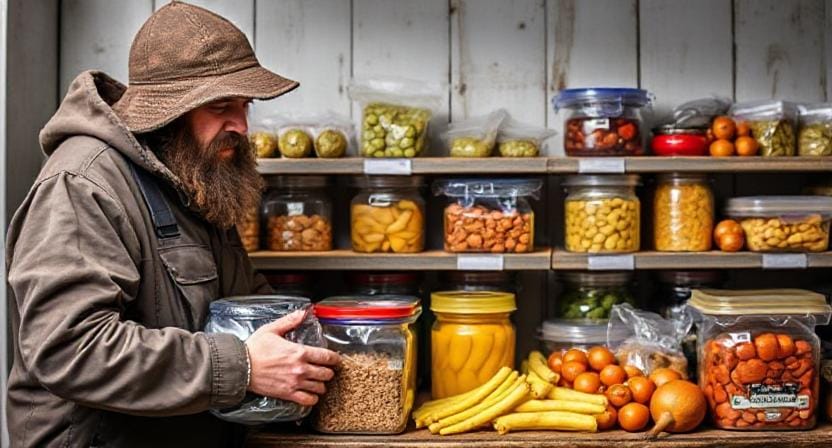
Before we dive into the vast ocean of container options, let's take a moment to understand what you're actually storing. Are you dealing with dry goods like pasta and rice?
Or, are you more of a leftover champion, battling yesterday's spaghetti? By the way, knowing your needs will help narrow down your choices faster than you can say “Where did I put that lid?”
For dry goods, airtight containers are essential. They keep pests out and prevent those annoying little critters from turning your flour into their personal buffet.
On the other hand, if you're tackling leftovers, you'll want something that not only seals tightly but also allows for easy reheating in the microwave (because nobody wants to transfer food from one dish to another while trying not to spill anything).
Also consider portion sizes! If you're like me and often cook enough chili to feed an army (or at least three hungry teenagers), larger containers might be necessary. But if you’re cooking just for yourself or two people, smaller options will save space—and prevent you from having five different sizes of half-eaten casseroles cluttering up your fridge.
Material Matters: Plastic vs. Glass
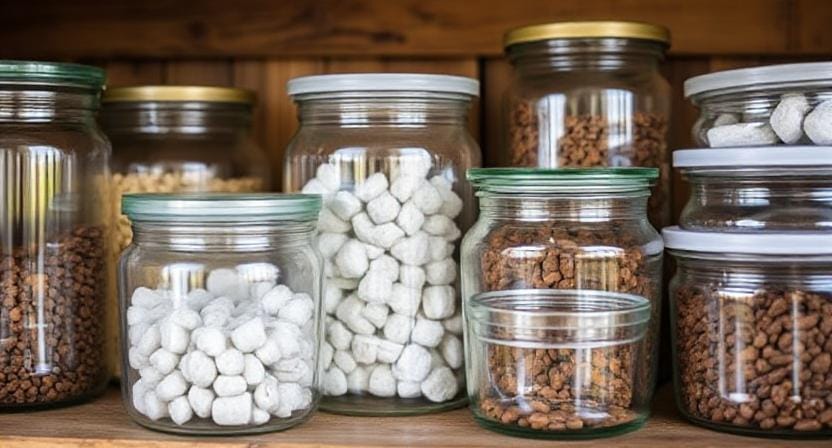
Now let’s talk materials because not all containers are created equal! Honestly, deciding between plastic and glass is like choosing between hiking boots or flip-flops; each has its pros and cons depending on where you're going (and how far!).
Plastic containers are lightweight and shatterproof—which means they’re perfect for camping trips when juggling everything while trying not to trip over tree roots becomes a real challenge.
However, some plastics can absorb odors or stains over time (I’m looking at you, tomato sauce). It’s crucial to look for BPA-free options; no one wants chemicals leaching into their beloved lasagna.
On the flip side, glass containers offer durability and do an excellent job of keeping food fresh without absorbing smells. Plus, they can go straight from fridge to oven (if they have oven-safe lids) which makes them multi-taskers in my book!
However—and here’s where things get tricky—they're heavier than plastic and more prone to breakage during epic camping adventures.
Airtight Seals: The Secret Weapon Against Spoilage
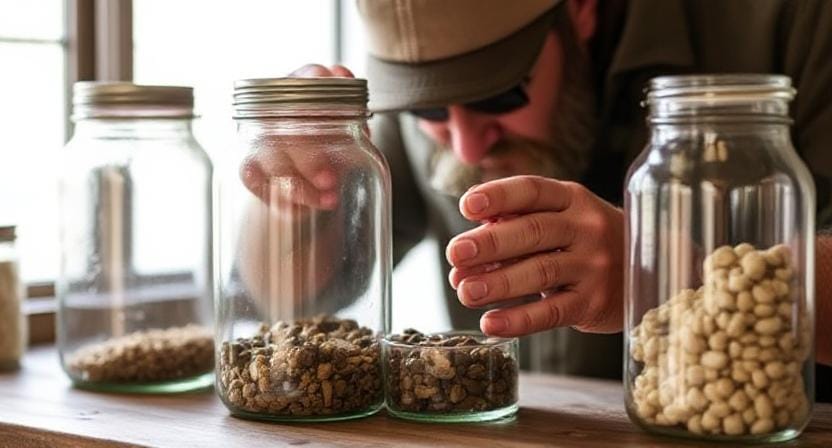
Airtight seals are like tiny superheroes for your food storage efforts! You wouldn’t want Batman saving Gotham City without his cape—so why would you store food without a proper seal? Let’s see… When air gets in touch with your food, it leads to spoilage faster than my attempts at baking cookies lead to disaster.
Look for containers with silicone gaskets or locking mechanisms that create tight seals. This ensures moisture doesn’t creep in and ruin everything before you've even had breakfast! And speaking of breakfast—who doesn't love opening up their pantry only to find stale cereal staring back at them?
Interestingly enough, some brands boast about being “leak-proof,” which is especially important if you're packing lunch for work or school. Trust me; no one wants soup spilling all over their backpack during morning commute chaos!
Size Variety: One Size Does Not Fit All
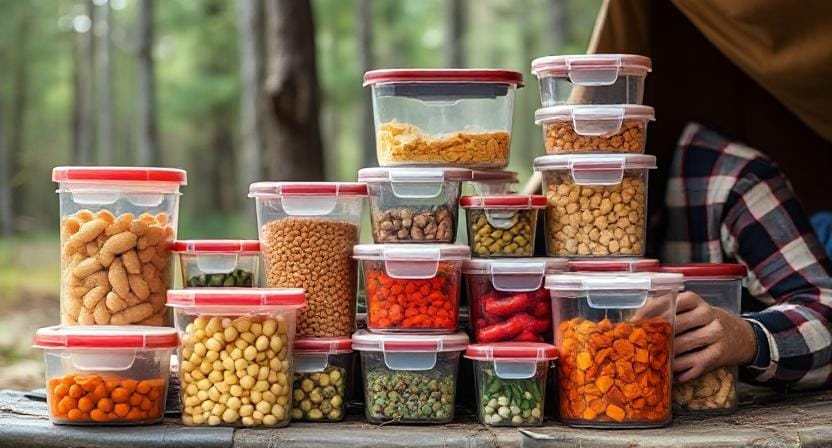
Let’s face it: one size does NOT fit all when it comes to food storage containers! If you've ever tried fitting an oversized casserole dish into a standard-sized fridge shelf while simultaneously dodging stray salad dressings rolling around like marbles—you know exactly what I'm talking about.
Investing in various sizes ensures flexibility based on what you're storing—whether it's meal preps or snacks for road trips. Small jars work wonders for nuts or spices while larger bins tackle bulk items such as grains effortlessly.
To be fair though—a good rule of thumb is always having extra empty space available within each container so air circulates freely around stored foods preventing humidity buildup that could lead us back down our earlier path toward spoilage town!
Cleaning & Maintenance: Keep It Fresh!
Once you've made your selections—and trust me there will be many—you must also consider cleaning these bad boys regularly! After all those delicious meals deserve clean homes too.
Most plastic containers are dishwasher safe but double-check manufacturer guidelines first because nobody wants melted Tupperware ruining dinner plans! For glass options—or stubborn stains stuck inside—I recommend soaking them overnight before scrubbing gently with soap until sparkling again.
And don’t forget about lids! These often overlooked companions need love too; give them thorough washes after each use since grease loves sticking around longer than uninvited party guests!
At first, it can be hard to figure out which food storage containers to use. There are so many choices! It's like looking at a snack aisle and not being able to decide which one to eat. We've all been in that situation, right?
It helps to learn how to use diverse materials. Each material has its own special powers: glass, plastic, and metal. Food stays fresh longer in glass. Plastic is light and simple. Things like cookies can stay on metal. Just think about what you want.
Sealing is also important. You need lids that fit well. Seals that are tight keep air out and help stop spillage. Have you ever opened a box and found that the cereal inside had exploded? Oh no! Not pleasant.
The size is important. Think about what you eat. If you prepare a lot of chili, get a larger container. Smaller ones are great for spices or snacks. When you're hungry, it's easier to find what you need when you mix sizes.
You know what they say: variety is the spice of life. Your kitchen will look great if you mix and match containers. Bright colors can make your day better. You can see what you have left in clear ones.
It's easy to take care of. A quick wash makes everything look brand new. Check for cracks and chips, especially in glass. You wouldn't want those sneaky germs to settle down, would you?
You'll be ready for anything if you have the correct tools. No more worrying about leftovers you forgot about or strange smells. Every time you eat, your food will be fresh and wonderful.
Frequently Asked Questions
Why should food-safe materials be used for storage containers?
Food-safe materials prevent chemical leaching and help maintain freshness and safety over long periods.
Do airtight containers really make a difference?
Yes, airtight seals protect foods from moisture, air exposure, and pests, which helps extend shelf life.
Why are clear containers useful?
Clear containers let you visually identify contents quickly, helping prevent waste and improving organization.
Should food storage containers be labeled?
Labels help track dates and contents, reducing confusion and preventing old or forgotten foods from spoiling unseen.
How do I choose proper container sizes?
Select sizes based on portion needs, pantry space, and whether items are bulk staples or single-meal leftovers.
Are glass containers better than plastic?
Glass is more resistant to odors and staining, while plastic is lighter and less fragile—choose based on usage needs.
Can one type of container work for all foods?
No, different foods benefit from various container sizes, materials, and sealing levels depending on storage duration and conditions.
Suggested Resources:
The Ultimate Guide to Food Storage
https://www.foodstorage.com/guide
How To Store Food Long Term
https://www.survivopedia.com/store-food-long-term/
10 Best Food Storage Containers
https://www.goodhousekeeping.com/food-storage-containers

Kevin Collier is a seasoned survivalist and expert in prepping and homesteading, contributing to WiseSurvive.com. With a deep-rooted passion for self-sufficiency and outdoor survival skills, Kevin shares practical advice, strategies, and resources to help individuals prepare for any challenge. His informative articles cover a range of topics, from essential survival techniques to sustainable living practices, empowering readers to thrive in any situation. Whether you're a novice or a seasoned prepper, Kevin's insights will inspire you to take charge of your readiness and build resilience for the future.

